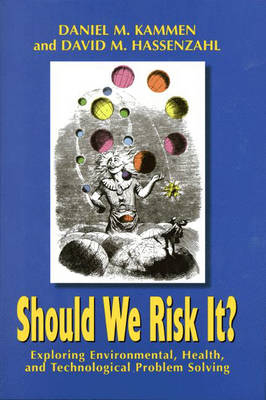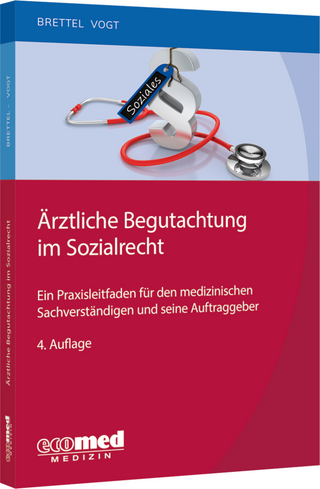
Should We Risk It?
Exploring Environmental, Health, and Technological Problem Solving
Seiten
1999
Princeton University Press (Verlag)
978-0-691-00426-6 (ISBN)
Princeton University Press (Verlag)
978-0-691-00426-6 (ISBN)
- Titel ist leider vergriffen;
keine Neuauflage - Artikel merken
The authors seek to unify disparate theories and methodologies connected with risk analysis for health, environmental and technological problems, backed up with case studies. Specific problems addressed include exposure assessment, extrapolations, modelling and social theories of risk.
How dangerous is smoking? what are the risks of nuclear power or of climate change? What are the chances of dying on an airplane? More importantly, how do we use this information once we have it? The demand for risk analysts who are able to answer such questions has grown exponentially in recent years. Yet programmes to train these analysts have not kept pace. This book addresses that problem. The authors draw together, organize, and seek to unify previously disparate theories and methodologies connected with risk analysis for health, environmental, and technological problems. they also provide a variety of case studies and worked problems.
How dangerous is smoking? what are the risks of nuclear power or of climate change? What are the chances of dying on an airplane? More importantly, how do we use this information once we have it? The demand for risk analysts who are able to answer such questions has grown exponentially in recent years. Yet programmes to train these analysts have not kept pace. This book addresses that problem. The authors draw together, organize, and seek to unify previously disparate theories and methodologies connected with risk analysis for health, environmental, and technological problems. they also provide a variety of case studies and worked problems.
Daniel M. Kammen is Associate Professor of Energy and Society and director of the Renewable and Appropriate Energy Laboratory at the University of California, Berkeley. He has received international awards for his work on renewable energy and development and for his work on risk analysis and forecasting. David M. Hassenzahl is Assistant Professor of Environmental Studies at the University of Nevada, Las Vegas. He has been an environmental risk professional in both the public and private sectors.School of Public and International Affairs, Princeton University, where his research is focused on the role of risk analysis in policy making. He has been an environmental risk professional in both the public and private sectors.
| Erscheint lt. Verlag | 9.5.1999 |
|---|---|
| Zusatzinfo | 82 line illus., 77 tables |
| Verlagsort | New Jersey |
| Sprache | englisch |
| Maße | 152 x 229 mm |
| Gewicht | 482 g |
| Themenwelt | Medizin / Pharmazie ► Medizinische Fachgebiete ► Arbeits- / Sozial- / Umweltmedizin |
| Naturwissenschaften ► Biologie ► Ökologie / Naturschutz | |
| Sozialwissenschaften ► Soziologie | |
| Technik ► Umwelttechnik / Biotechnologie | |
| Wirtschaft ► Betriebswirtschaft / Management ► Allgemeines / Lexika | |
| ISBN-10 | 0-691-00426-9 / 0691004269 |
| ISBN-13 | 978-0-691-00426-6 / 9780691004266 |
| Zustand | Neuware |
| Haben Sie eine Frage zum Produkt? |
Mehr entdecken
aus dem Bereich
aus dem Bereich
Rechtliche und medizinische Grundlagen für Gutachter, …
Buch | Hardcover (2024)
Erich Schmidt (Verlag)
CHF 277,20
Buch | Softcover (2022)
Arzt + Information (Verlag)
CHF 39,20
ein Praxisleitfaden für den medizinischen Sachverständigen und seine …
Buch | Softcover (2024)
ecomed-Storck GmbH (Verlag)
CHF 97,95


